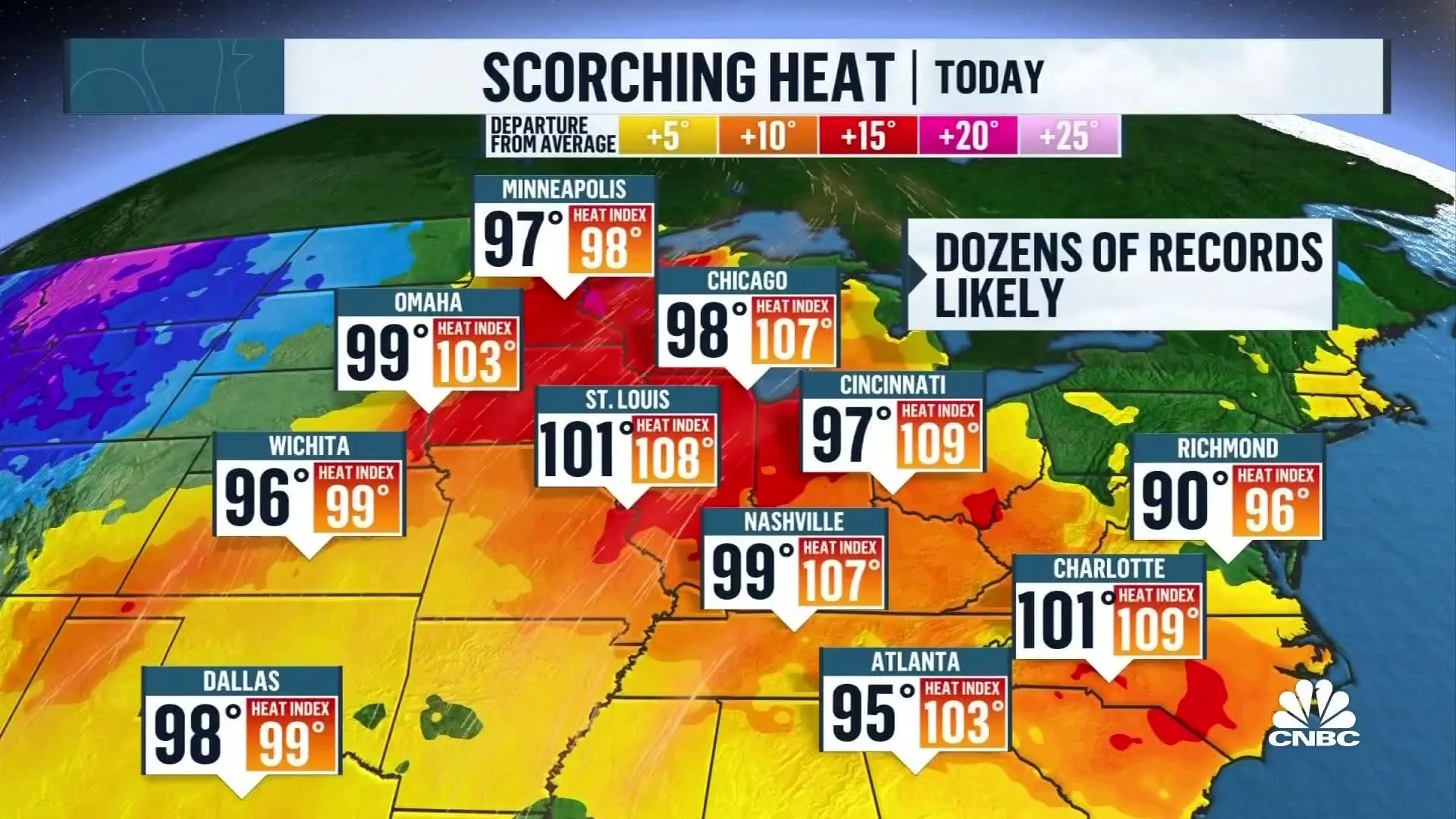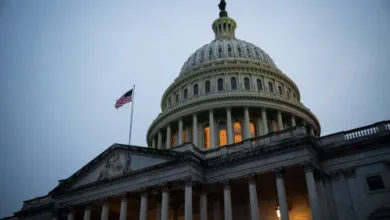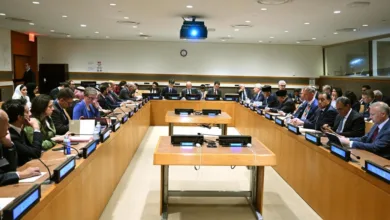Brutal Heat Wave Scorches Eastern and Central U.S.: Temperatures Set to Top 110°F

In one of the most extreme weather events of recent years, a relentless heat wave is baking the Eastern and Central regions of the United States. Meteorologists warn temperatures could soar above 110°F (43°C) in some areas, with millions of Americans facing dangerous conditions through the weekend and into next week. According to Fox News, CNN, and the National Weather Service, this unprecedented heat dome threatens to set new temperature records while also testing infrastructure, public health systems, and economic resilience.
What’s Fueling This Historic Heat?
The heat wave is driven by a large, stagnant ridge of high pressure known as a “heat dome.” This phenomenon traps hot, moist air over a region, preventing cooler air from moving in and keeping nighttime temperatures stubbornly high. According to NOAA and Reuters reports, the heat dome currently stretches from the Gulf Coast to the Great Lakes and the Eastern Seaboard.
In cities like Washington, D.C., Philadelphia, and New York, the heat index — which combines temperature and humidity — is expected to exceed 110°F. Meteorologists at the National Weather Service caution that even healthy adults could suffer heat-related illness with prolonged exposure.
Areas Most at Risk
CNN weather analysts highlight that urban areas are particularly vulnerable because of the “urban heat island” effect, where asphalt and buildings absorb and radiate heat, making cities several degrees warmer than nearby rural areas. In addition to major East Coast cities, interior states like Missouri, Kentucky, Tennessee, and parts of Illinois could also experience extreme conditions.
Small towns and rural communities face their own challenges, including limited access to air-conditioned shelters and healthcare facilities, as reported by the Associated Press.
Impact on Public Health
Hospitals in several states are already reporting increased cases of heat exhaustion and heat stroke, according to local news outlets and health department statements. Doctors advise residents to avoid strenuous activity, drink water frequently, and stay indoors during the hottest hours of the day.
Elderly people, young children, and those with chronic illnesses are at the highest risk. The Centers for Disease Control and Prevention (CDC) has issued special guidance urging families to check on vulnerable relatives and neighbors.
Power Grids and Energy Use
As demand for electricity spikes, utilities warn of potential rolling blackouts, especially during peak evening hours. According to Reuters and Bloomberg reports, power companies from Texas to New York have asked customers to conserve energy by raising thermostat settings and avoiding the use of major appliances during peak times.
So far, grid operators say the system is holding, but prolonged extreme heat could strain power infrastructure built for less frequent temperature extremes.
Economic Ripple Effects
The economic fallout could be significant. As CNN Business and Politico report, heat waves impact agriculture, retail, and construction sectors in particular. Farmers in the Midwest are worried about crop damage, while outdoor workers face schedule disruptions or unsafe conditions.
In the hospitality industry, businesses from amusement parks to outdoor dining venues could see declining foot traffic as people avoid the heat. Meanwhile, utilities may face higher operational costs that could be passed on to consumers.
Scientists Connect Heat Waves to Climate Change
A growing body of scientific research suggests that climate change is increasing the frequency, duration, and intensity of extreme heat events. According to Columbia University and NOAA studies, average summer temperatures in the U.S. have risen significantly over the past decades.
While not every heat wave is directly caused by climate change, scientists say warming global temperatures “stack the deck” for more severe and prolonged hot spells.
Government Response
The White House has issued public statements urging Americans to take heat warnings seriously. Federal emergency response teams have been deployed to support local authorities, particularly in states where hospitals and shelters could become overwhelmed.
Local governments have opened cooling centers and extended public pool hours. In some cities, public libraries and community centers serve as temporary shelters from the heat.
Public Awareness and Media Coverage
Major media outlets including Fox News, CNN, and local TV stations have run continuous updates, offering practical safety tips and highlighting local stories. Social media platforms are also full of posts showing cracked roads, damaged power lines, and dried-up lakes and rivers.
These images reinforce the human and environmental toll of extreme heat, beyond just numbers and forecasts.
How Residents Are Coping
Across the region, people are adapting in creative ways. Outdoor festivals and sports events have shifted to morning or evening hours. Schools and summer camps are changing schedules to protect children. Some cities have even offered free public transit to encourage residents to reach cooling centers.
Still, for many low-income families or those without air conditioning, the heat remains a life-threatening challenge.
Long-Term Solutions
Experts say short-term measures like cooling centers are critical, but the country also needs long-term solutions. Urban planners advocate for more green spaces, reflective roofing, and building materials that absorb less heat.
In the energy sector, modernizing the power grid and investing in renewables could reduce the risk of blackouts. Policymakers also face pressure to strengthen climate policies to slow future warming.
Why This Heat Wave Feels Different
While Americans have experienced hot summers before, several factors make this event stand out: the heat arrived earlier in the season, nighttime temperatures remain unusually high, and the affected area covers a massive stretch of the country.
These elements combine to create a dangerous situation that tests systems and communities in new ways.
Voices from the Ground
Residents interviewed by local media express frustration, fear, and fatigue. “We’ve had heat waves before, but this feels relentless,” said a resident of St. Louis to a local NBC affiliate. Another in Philadelphia noted, “It doesn’t even cool off at night anymore.”
Such testimonials add a human face to the statistics and charts, reminding us that behind every weather alert are millions of real stories.
Experts Warn This Is the New Normal
Climate scientists caution that unless global emissions are significantly reduced, extreme heat waves could become a common summer feature. Columbia University researchers project that by mid-century, major U.S. cities could see double or triple the current number of dangerously hot days.
The heat wave serves as a stark warning that climate resilience is not just an environmental issue but a matter of public health, economic stability, and national security.
Conclusion
For now, forecasters say the current heat wave may ease slightly next week, but hotter-than-average temperatures could return in August. In the meantime, experts urge everyone to remain vigilant, stay hydrated, and check on family, neighbors, and pets.
Beyond this immediate crisis, the real question is how communities, businesses, and policymakers will respond to what increasingly looks like a new climate reality.
#foxnews #news #fox #thefive #trump #donaldtrump #federalreserve #jeromepowell #columbia #university #usa #politics #us #breakingnews #jessewatters #greggutfeld #gutfeld #new #media #market #economy #washington #whitehouse




